How To Lead a Government Organization Towards Blockchain, Part 2
Step 2 – Do your homework!
Every government organization struggles with something related to mission accomplishment. Finding this may be as simple as asking, “what are the oldest critical systems supporting that mission and how can we update them (or replace them) to better serve the citizens?” In other scenarios, it may be more nuanced. When selling to a federal hospital, early in my career, it became clear that the landline telephone system was well past its prime. (Before electronic “key” telephones rose in the mid-1980s, systems were electro-mechanical). This became a target for replacement because the family members of the patients could not contact the patients before they arrived (in person) for a visit and when they would arrive for their visit, they could not easily contact other family members who could not actually visit the patients themselves.
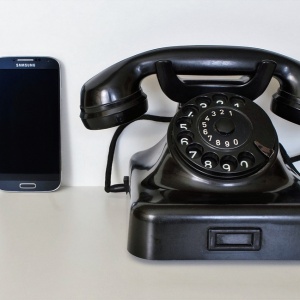

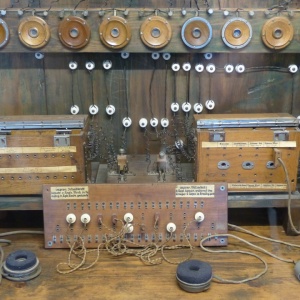

Almost every interaction with a government involves a transaction of some sort. Can this be improved, streamlined, made more secure, made faster or with better context, or better documentation, etc.?
Step 3 – No one cares about the drill bit, they care about the hole! Focus on the hole.
Don’t’ sell blockchain. Dare I say, “no one cares!” Blockchain is not particularly awe inspiring, sexy or dripping with excitement. I could argue that it is yet another evolutionary step in our modern data-driven and hyper-connected world, that is inevitable, given our addiction to speed, autonomy and convenience of computing. Welcome to the modern world. On the other hand, I could also argue that there is true inspiration in making government operate so well that you don’t even see it or feel its weight on a daily basis.
I witnessed a mixed lesson in local governance recently. I called into a county agency requesting that the sidewalk in front of my home be repaired. Because the county government relied upon a state agency to do the actual work, it took several calls to get the problem reported correctly and a commitment to at least consider the repair. The second challenge was that it took two years to become the number one job on the worklist. When the repair crew showed up, I had almost forgotten that I called in the first place! The crew chief made sure to tell me … “you may want to mention to the governor that we did an excellent job”; I then realized it was that same man who took my call and eventually got the work done. LESSON: while blockchain won’t help a work crew use a shovel and cement mixer any faster, it may have helped to create a trouble ticket in reporting a safety/repair issue… and then used to update the citizen as to the status of the outcome. (and don’t forget the “human element”). This is good governance.
If governmental processes could be made more efficient, then taxes could be lowered because some of those processes are no longer needed. If property recording and titling of citizen-owned assets could be streamlined, it would encourage ownership and the hard work that goes with it (which helps everyone in a society!). If the creation of businesses and the downstream processes that maintain it could be simplified (with regard to government oversight), more entrepreneurs would be willing to take the risk inherent in launching businesses. This kind of thinking is what makes economies grow and societies thrive. It also attracts citizens to move there bringing their tax base with them.
The list of benefits derived from blockchain is all about citizen autonomy, convenience, maintaining of property rights, minimal-touch taxation, eliminating fraud and threats to safety (which merely increases all costs), and a similar list of positive outcomes. Just as no one really gets teary eyed about the network protocol called TCP/IP, it is one of the several key protocols that makes the Internet even possible. So, do not make the mistake of getting too excited about the blockchain itself; it is only what the blockchain will do for citizens that truly matters. This is where our hyper-focus must remain. Sell the benefits of a beautiful hole that the client will have when he is finished using the drill bit (or a repaired sidewalk and the improved safety of school children walking to the elementary school, not far from my home); don’t “sell” him the drill bit. It is simply a means to an end.
This is “Sales 101”. We must show the future and when we cannot actually demonstrate it (i.e., a “demo”), we need to find a way to describe it in vivid—even colorful terms.
Creating this vision with blockchain is all about how will lives be improved if blockchain is embraced and rolled-out. Show how blockchain can eliminate risk to the daily lives of citizens while showing that existing/legacy solutions are insecure, slow, prone to fraud, etc. Target your attention on how a new solution has fewer steps, is faster, much more convenient and not able to be compromised… and you will get an audience in whichever agency or government organization you’re interested in helping.
In summary, don’t fall in love with blockchain, rather, crave what it will do for your government on behalf its citizens. That’s what really matters.


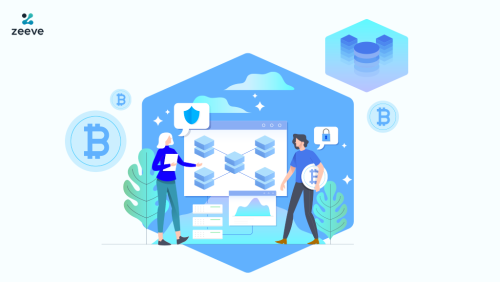

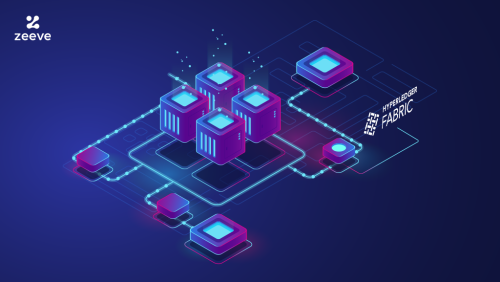
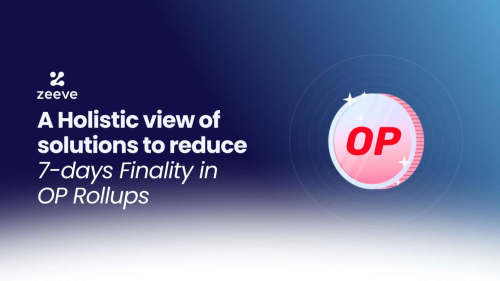
Responses